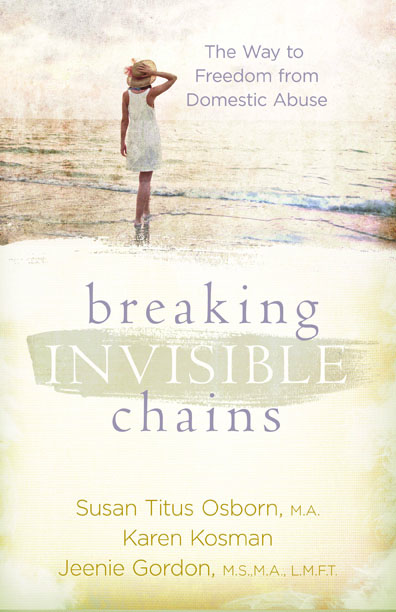This concludes the series on eight different ways to begin an article, story, devotional, or book chapter. I have used opening paragraphs from some of my books as examples. Beginnings are very important, and I hope my suggestions will help you craft a good opening paragraph.
6. A Mood is set by using such phrases as: stared out the window, huge chunks of ice, shivered.
Staring out my hotel window on this winter’s day in Washington D.C., I watched huge chunks of ice lazily drift down the Potomac River. I rubbed my arms and shivered—partly from the cold, but mostly from the memory forming in my mind (“Loving Too Little, Loving Too Much,” Rest Stops for Single Mothers).
7. A Question may be asked at the beginning or near the beginning of the story or chapter.
The front door was slammed angrily with a thud. My son stomped down the stairs and out of earshot. Only silence remained.
Why do I fight with my son? My stomach churned as I pondered this question (“A Gentle Attitude,” Rest Stops for Single Mothers).
8. A Quotation may be used to begin a devotional, a story or article, or a book chapter.
He who cannot forgive others breaks the bridge over which he himself must pass.
–Author Unknown (“Forget and Forgive,” Rest Stops for Single Mothers).
Whatever vehicle you choose, make sure you grab the reader’s attention immediately. Don’t be afraid to jump into the action.


